14-17/3/2017. After nine days in Colombia, I arrived in Lima, Peru. Peru conjures up images of mystique. Lima is a start. Let’s see. I excitedly came to this first landmark, Larcomar, in the Miraflores district. Shops and restaurants lined the streets. The district then ended abruptly at the cliff edge facing the Pacific Ocean. At the bottom of the cliff, vehicles ran along the roads. It was like a parallel world, one high up, as though in heaven, enjoying the good things in life, while the earthlings below ran around attending to their mundane chores.
Lima houses have flat roofs because it rarely rains here. Couldn’t they have picked a capital with a bit more rain? I guess they don’t like rain on their parades.
I saw some big boys skateboarding and monkeying around in the public square. To my Asian eyes, they looked quite ridiculous—a bunch of overgrown boys in their 30s playing like teens. We were more used to seeing them busy making money. Below the cliffs, at the beach, some men who refused to grow up were surfing. We lost our innocence too soon.
It is a cool evening, my feet light and easy, I went sightseeing around: The streets were nicely laid out, old folks were playing chess in a quiet corner of the main street, young people were dating in the park, the lighting was glaring, a very nice community ambiance, still a lot of life about in the evening.
I wandered to the old part of the city, where some of the older buildings reminiscent of its colonial past still stood tall, in perfect posture. For good or for bad, that’s its past, a part of what it is today.
The traffic jam here was no better than many of the Asian cities like Beijing and Shanghai, but somehow they managed to carve out dedicated bicycle and pedestrian lanes in the middle of these main streets. If there is a will, there is a way, for bicycles and pedestrians.
Among the houses and shops was what appeared to be someone’s run-down mud mansion, partially washed away by surface water. This temple, Huaca Pucllana, was built around 400 AD What is amazing is that this temple was really right in the city center, at street level, quite visible, as though it was your neighbor’s mud mansion just devastated by a flood. Peru’s long history is for all to see.
This was a Christian country, just like Colombia. On one flight, as the plane was taking off, a woman sitting next to me piously made a cross sign across her chest. As I was strolling on the street today, a woman similarly made a cross sign as she passed a church. I went into an old church, and found that it had a lot of old skeletons in its basement. These were the Catacombs at Basilica and Convent of San Francisco. Creepy! Its Inca past, Christianity today, a rich blend of chocolate and vanilla culture.
On the streets, buskers kept strollers entertained. In the cool evening, they came out of their daytime hideouts, the streets their stage, the shoppers their audience, the street lights their lighting, to showcase their talents. The Latinos are a people with no problem expressing themselves, their vainglory for that transient applause and peanuts. There have very few props, nothing looks staged. It’s almost like they just felt at the spur of the moment to burst out in songs, in showing off, and inviting everyone around to join in the fun. Hard not to be immersed in their world.
Peru cuisine is pretty well known internationally for its fusion cuisines from different countries, so I was keen to check it out. My first meal had in one plate both chips and rice at the same time. The beef was stir-fried, almost Chinese. I was a bit confused. I had to signal to my brain to receive this as a Western or a Chinese intake. But does it really matter? The beef was stir-fried to well done; it’s rare to find beef so well done.
I stumbled into an unassuming café for a snack. Surprisingly, this sandwich was pretty special. A layer of cheese dowsed it from top to bottom, but it managed to stay bone dry inside. The white bread remained soft and dry, like cotton.
When first arriving in Peru, I noticed a Chinese restaurant called Chifa. Then I noticed more. I thought this was a restaurant chain, but later came to realize that all Chinese restaurants in Peru were called Chifa. The Chinese came to Peru in the 19th century, having a great influence on Peruvian cuisine.
14-17/3/2017 在哥伦比亚九天后我急不及待到秘鲁这神秘之国。昨晚抵达秘鲁第一站,首都利马,这是地标之一,米拉夫洛区,商场和餐厅在热闹街道上竞相吸引人群,走到尽头忽然断崖,高高在上面对一望无际的太平洋,峭壁下车辆沿海若无其事贴面行驶,好像跟上面的世界无丝毫关系。上面的购物天堂和极乐世界跟地下忙碌奔波的人们是大反差, 两重天,险峻壮观。
利马房子屋顶都是平头的,这里老天眼泪不轻彈。利马是世界最干旱的首都, 就不能选个雨水较多的城市吗?可能雨水太多出行不便。
在崖边广场一班已断乳的大男孩在滑板胡闹。我华人的眼光看着觉得很有趣, 三十多岁还稚气未消,不好好拼命赚钱,无所事事玩小孩玩意,太不像样了。峭壁下海滩,另一群在冲浪。我们真不高太早失去我们的童真。
夜晚凉快,街道有序,我享受这悠闲,好奇多事吸尽周围的人间气息。老年们在街边一角下棋,年轻男女公园灯下依偎,街上购物的溜达的,这夜晚很有社区气息,很温馨的气息。
在老城区保留了不少殖民风貌建筑,风采依旧,好坏都是秘鲁的历史,不容磨灭。
这里交通拥挤程度不亚于亚洲大城市, 但还是在城市中心大道划出自行车和行人的行道,他们没那么盲目,行之有道,我刮目相看。
在市中心一小区,在私人住宅和办公楼中是胡亚卡普克亚纳金字塔祭坛,建于四百年,现在看似已给海水严重冲蚀,只留得半体,透露秘鲁前世。
这是个基督教国家。在机上曾看到一妇女在飞机起飞时在胸前打了十字手势,求保佑平安。在街道上一妇女走过教堂门前同样胸前大十字架手势。这不是无谓之举,是敬畏之心。 我参观一座神圣老教堂,然后到地下阴森墓穴看死人骨头。这地下室收藏不计其数的骨头,毛骨悚然,不寒而栗。对神明的敬畏,未曾离弃。
街边艺人給街道增添生气。拉美人酷好自我表现, 在凉爽夜晚,他们都把绝活搬到街道上,只为博取叫好掌声和你忍痛割爱的一毛。没什么道具, 没排场,没来头,只希望你喜欢。
秘鲁烹饪在国际颇具盛名, 融合多文化烹饪文化。这第一餐端上来的主食有东方人的米饭,也有西方人的炸土豆,是东也是西,是好东西,加上炒牛肉,看似普通,却烧得精致。
刚到秘鲁时, 发现许多华人餐厅都叫Chifa,还以为是连锁店,后来才觉悟原来Chifa就指中餐馆。华人十九世纪已到秘鲁淘金,对秘鲁饮食 文化有不小影响。
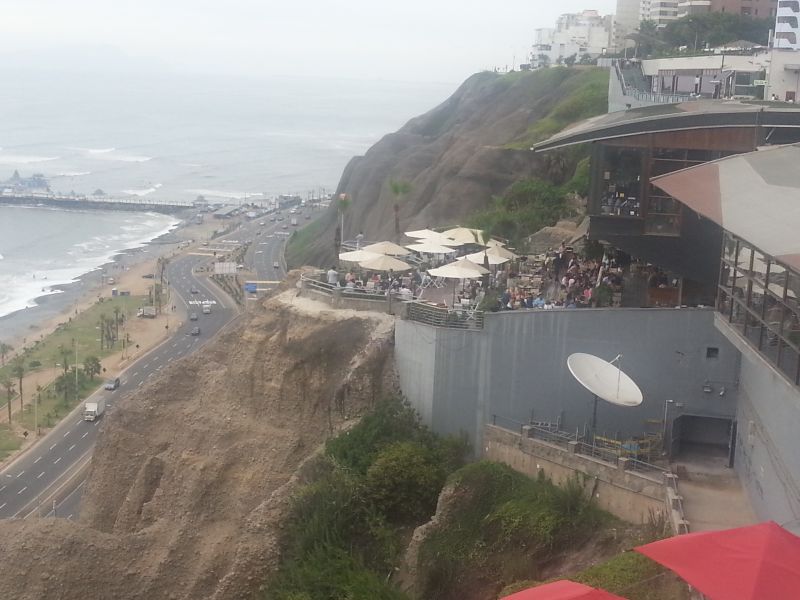
Lima Miraflores area – view from the cliff 利马米拉夫洛区悬崖景观 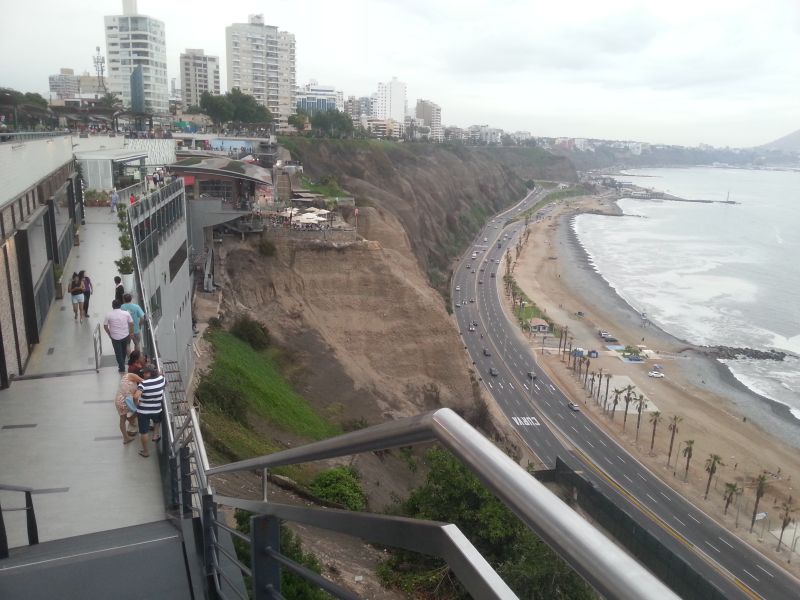
Lima Miraflores area – view from the cliff 利马米拉夫洛区悬崖景观
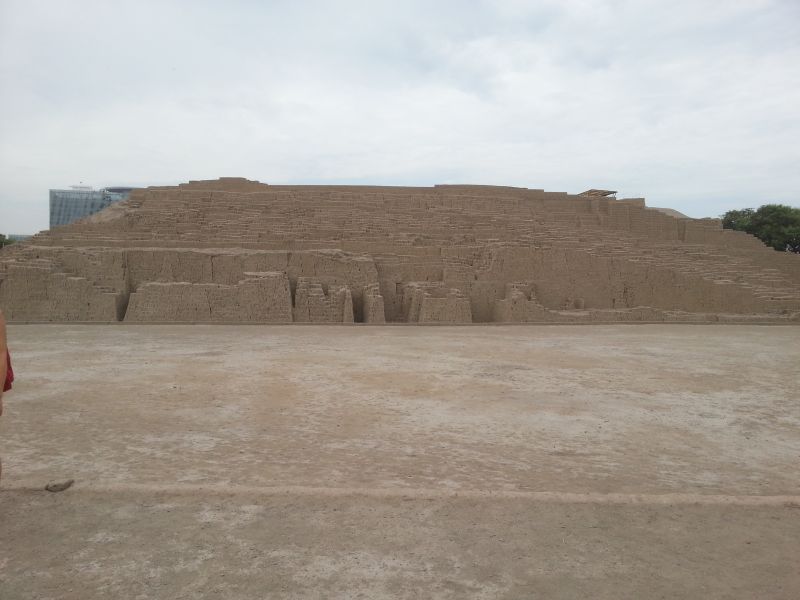
Pre-inca ruin Huaca Pucllana in Lima 利马的胡亚卡普克亚纳金字塔祭坛 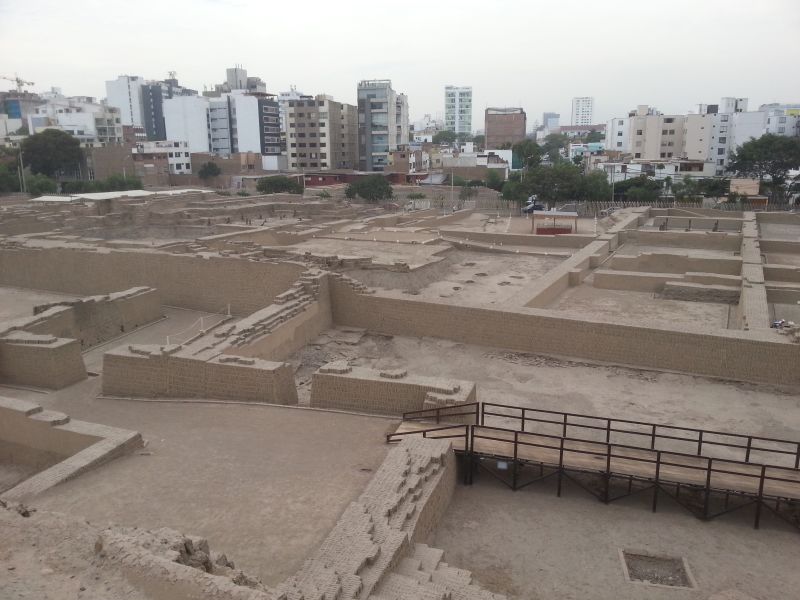
Pre-inca ruin Huaca Pucllana in Lima 利马的胡亚卡普克亚纳金字塔祭坛 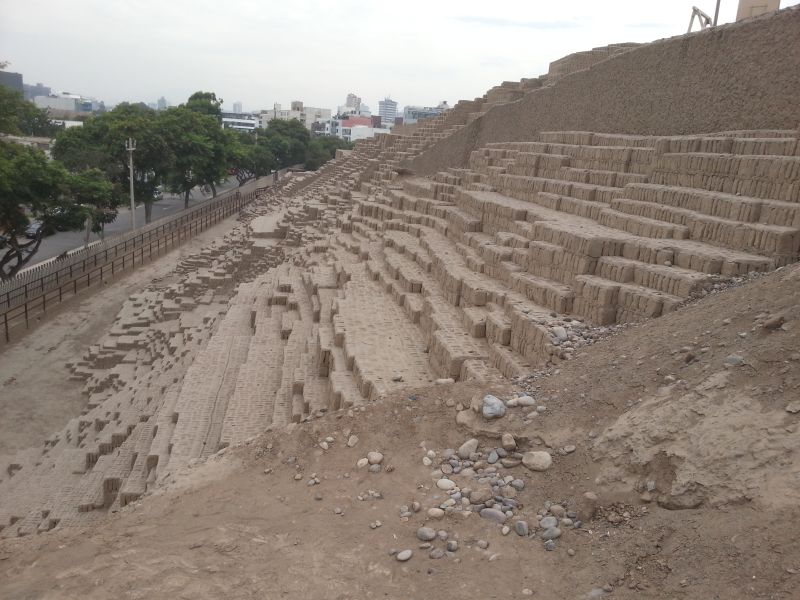
Pre-inca ruin Huaca Pucllana in Lima 利马的胡亚卡普克亚纳金字塔祭坛 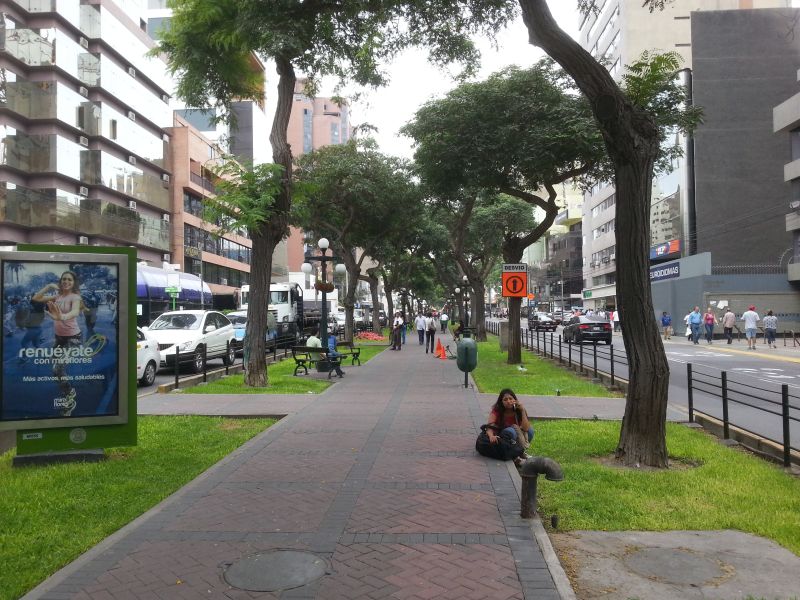
Lima city center 立马中心 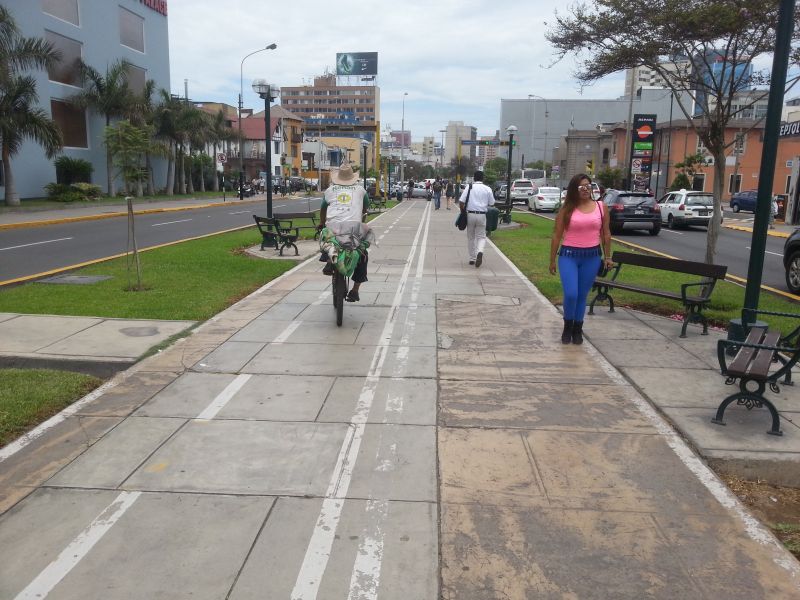
Pedestrian and cycling lane on main street 中心大道中的自行车和人行道 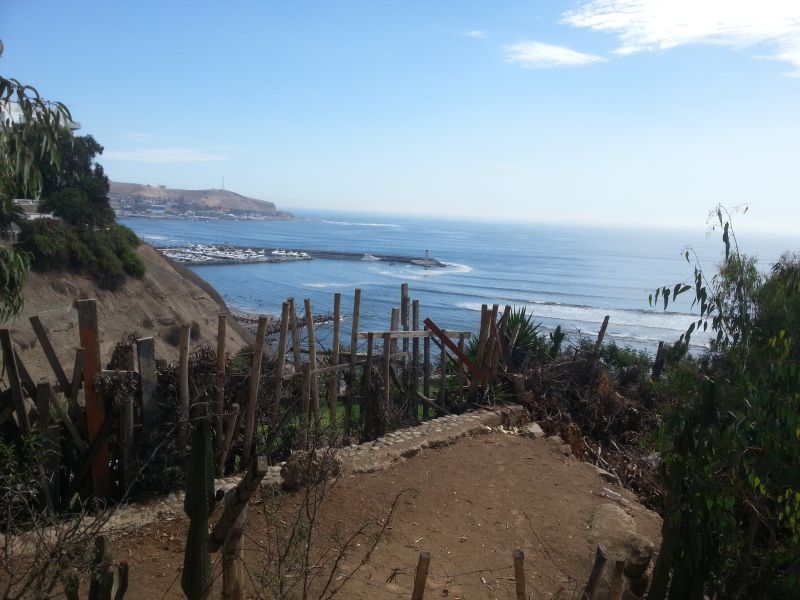
Lima – recreation district 利马休闲区 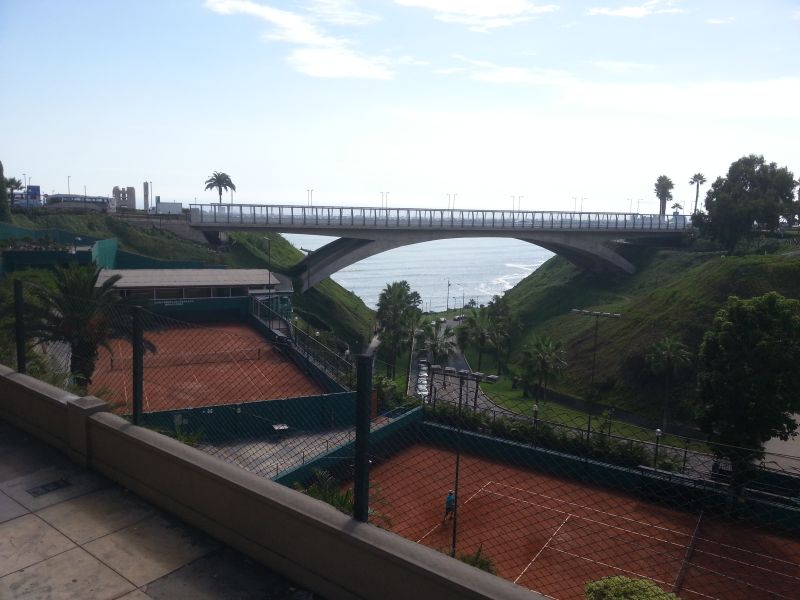
Lima – recreation district 利马休闲区 
Lima – recreation district 利马休闲区 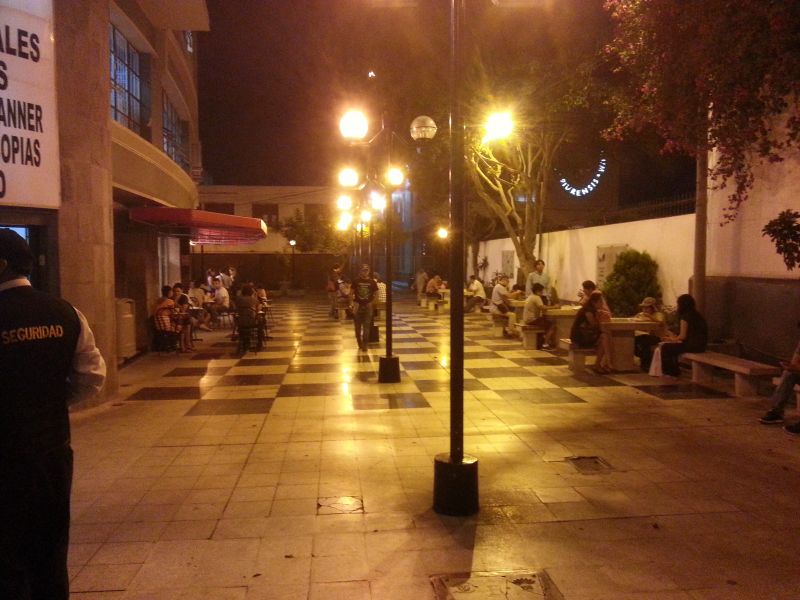
Lima – night life of citizenry at a corner 利马夜生活 人们在下棋 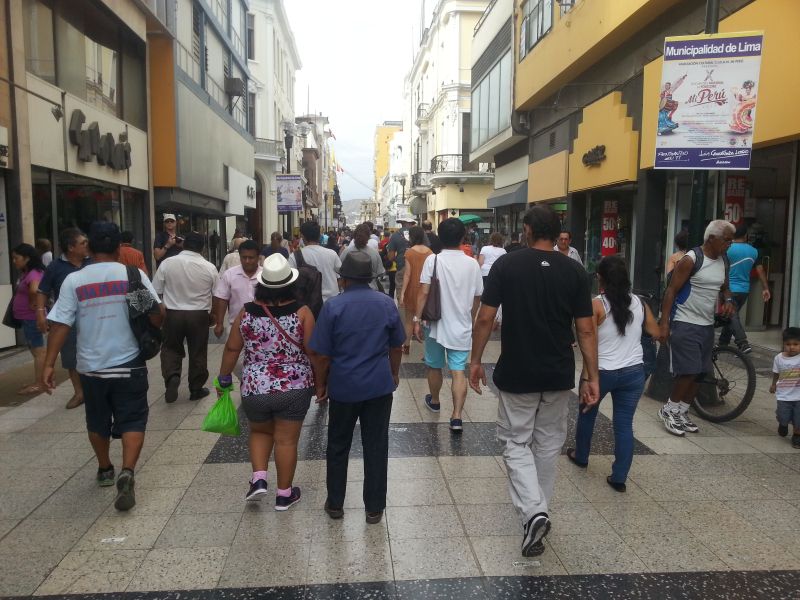
Lima walking mall 利马步行街 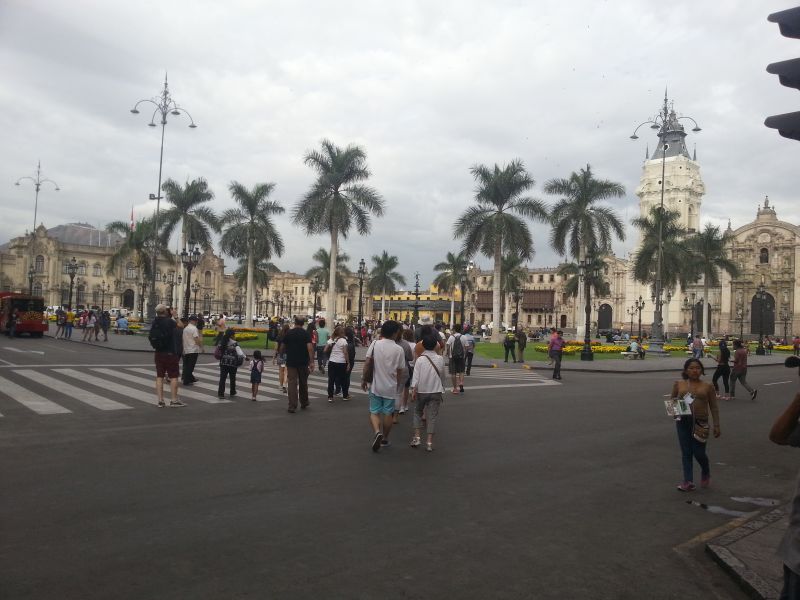
Lima’s old city, municipal buildings in colonial architecture 利马旧城区的殖民建筑 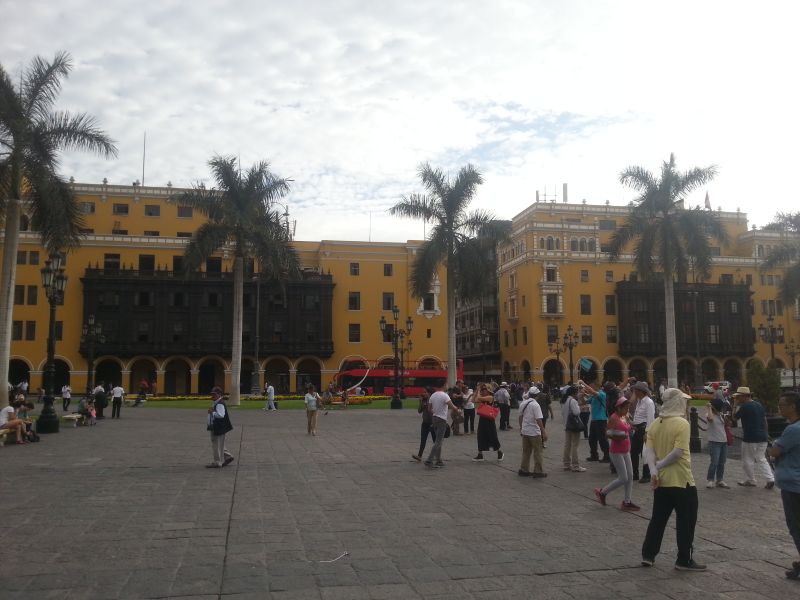
Lima’s old city, municipal buildings in colonial architecture 利马旧城区的殖民建筑 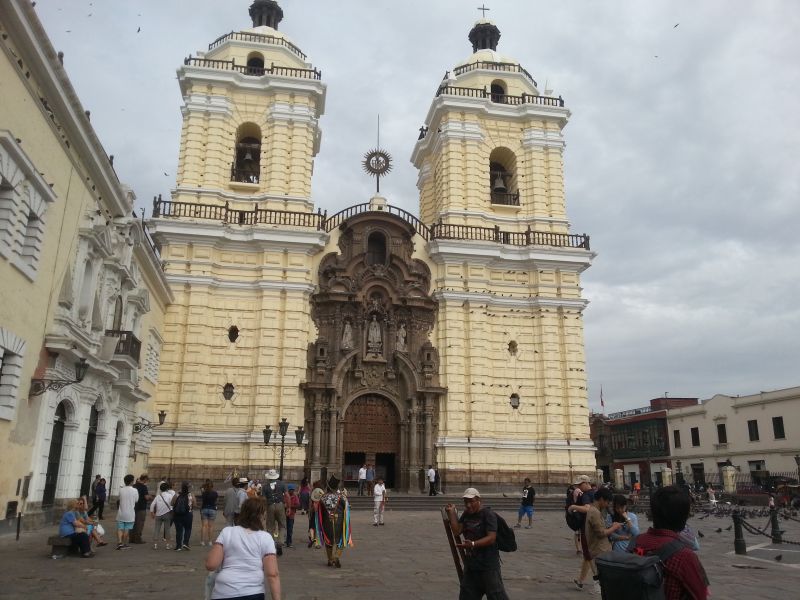
Basilica and Convent of San Francisco, Lima 利马地标古教堂 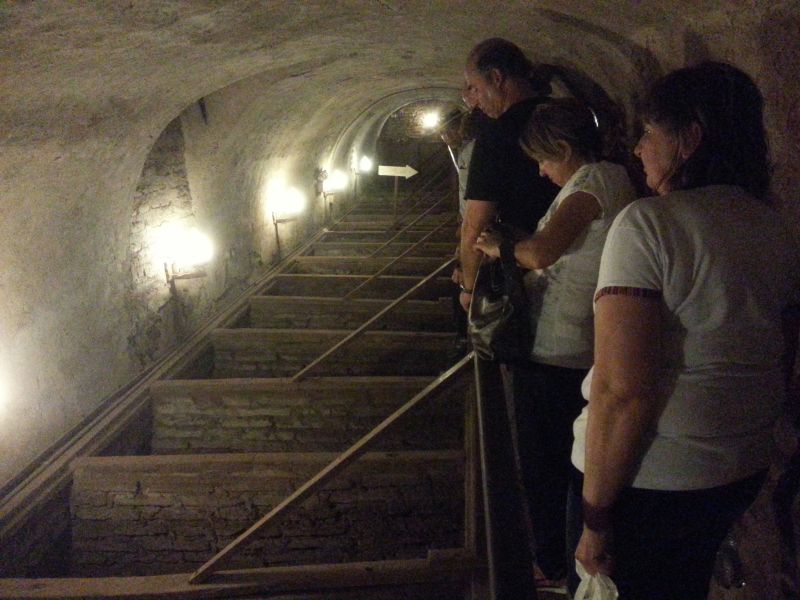
Catacombs at Basilica and Convent of San Francisco, Lima 古教堂地下室收藏的无数尸骨 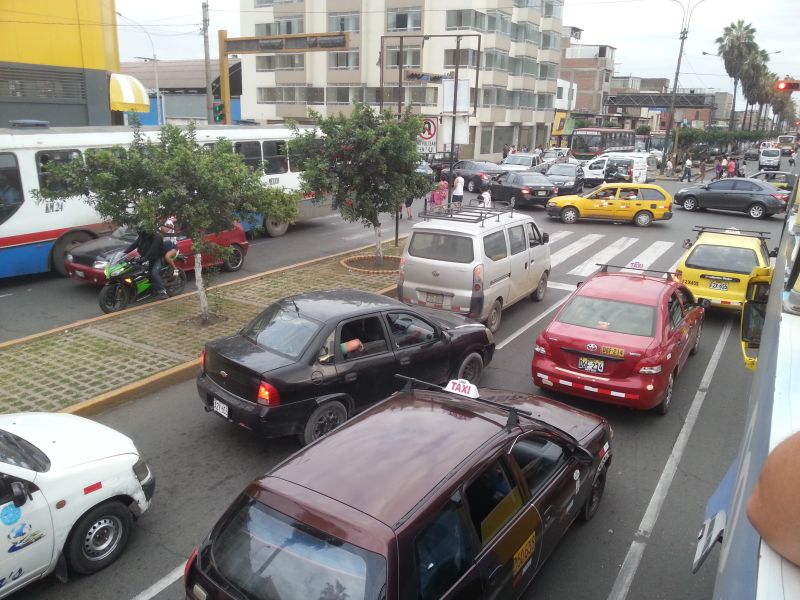
Lima traffic 利马的交通
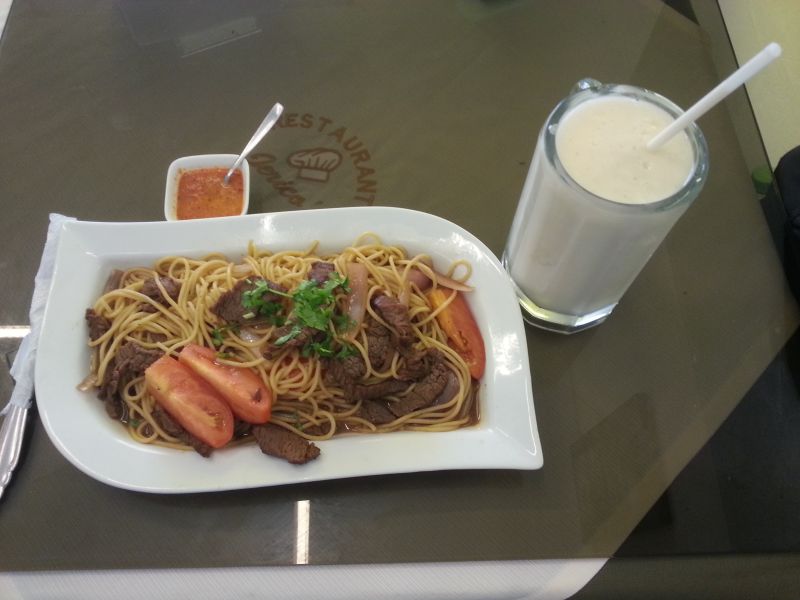
Peruvian cuisine, beef noodle 秘鲁餐, 牛肉炒面 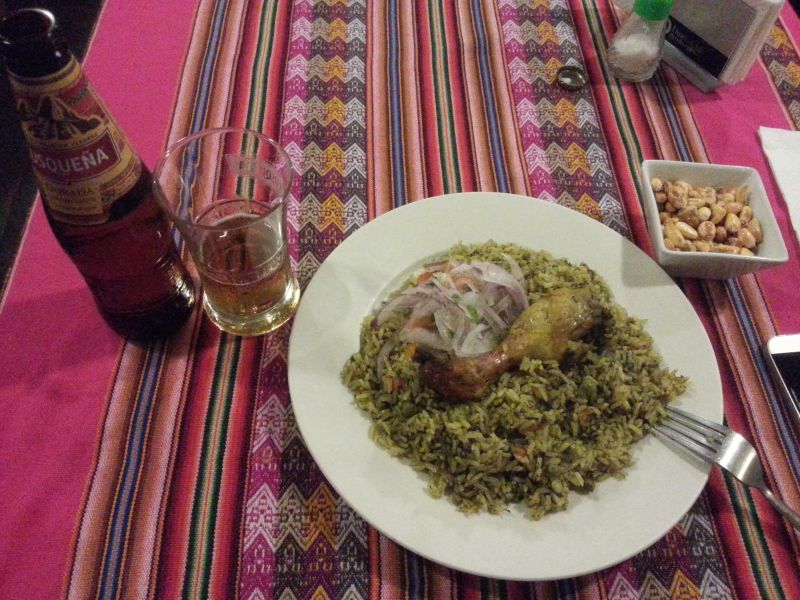
Peruvian cuisine 秘鲁餐 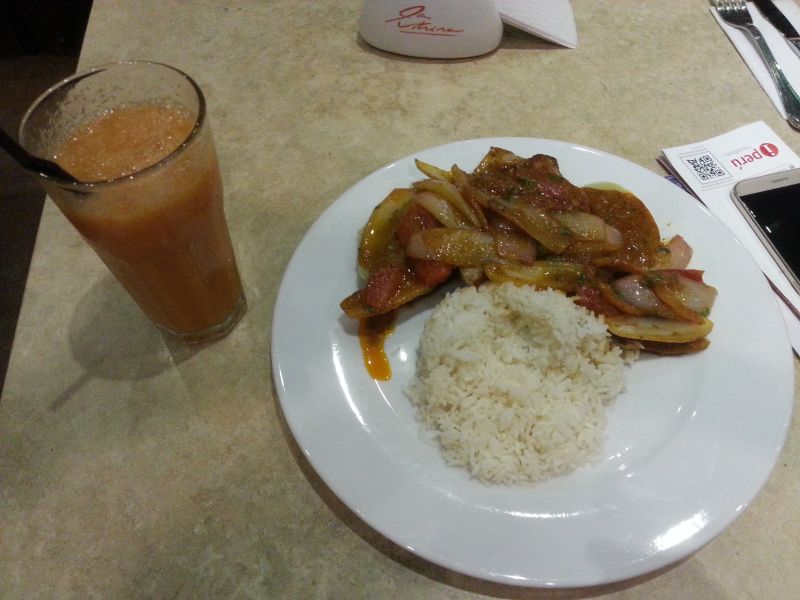
Peruvian cuisine 秘鲁餐 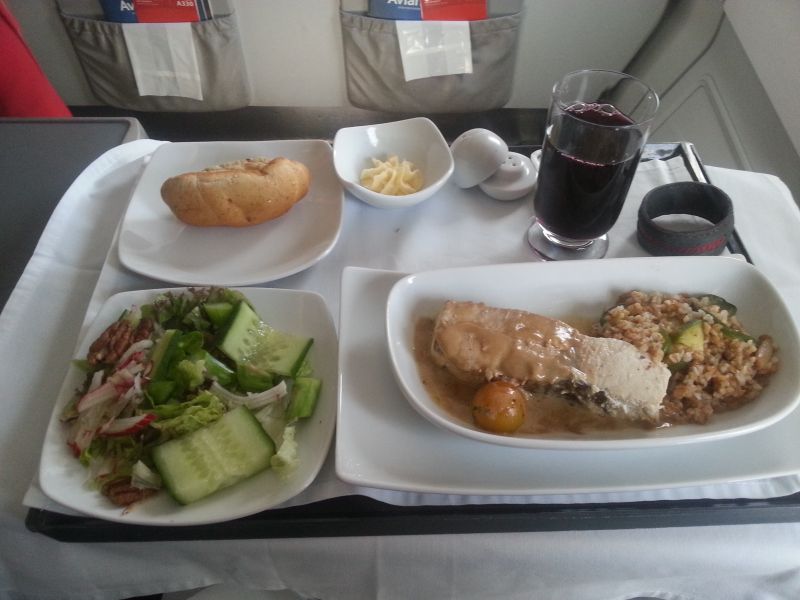
Peruvian cuisine 秘鲁餐 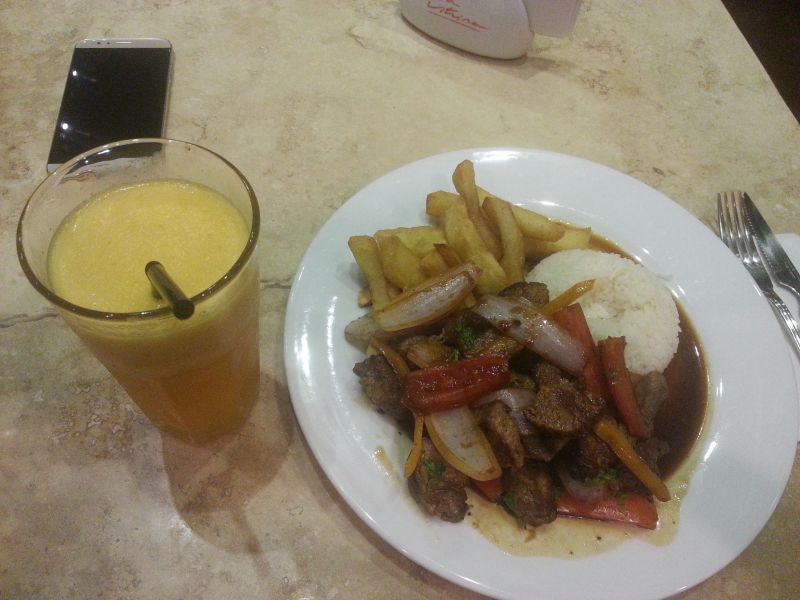
Peruvian cuisine 秘鲁餐 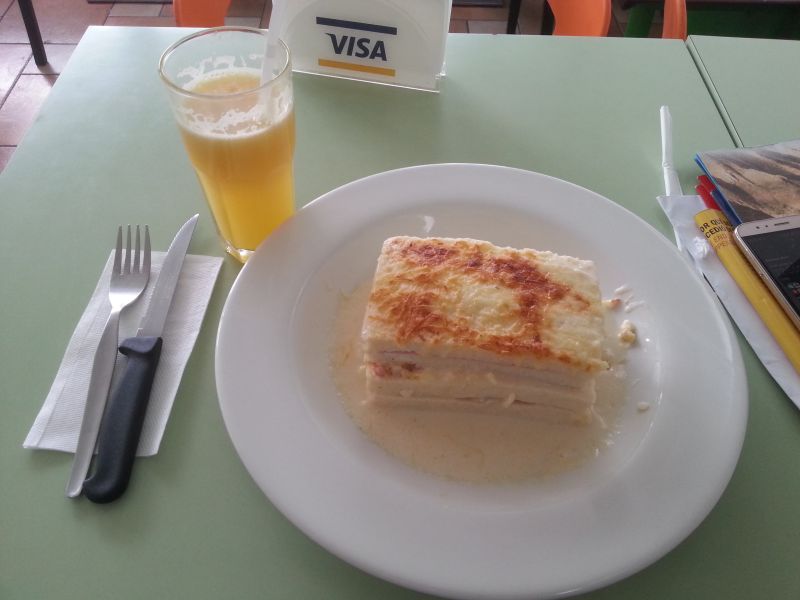
Peruvian cuisine 秘鲁早餐,外湿中干三文治